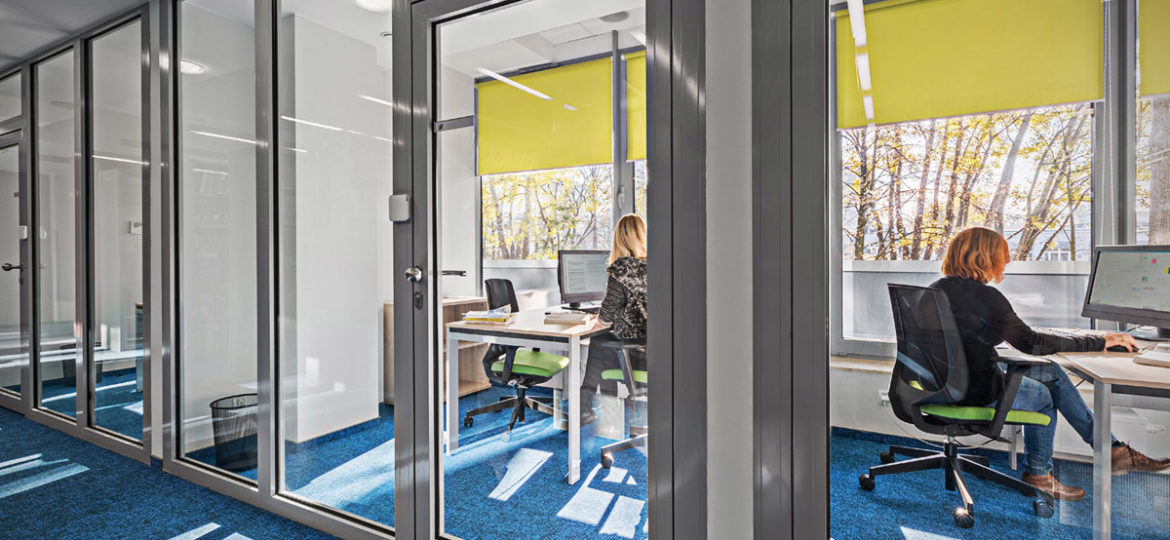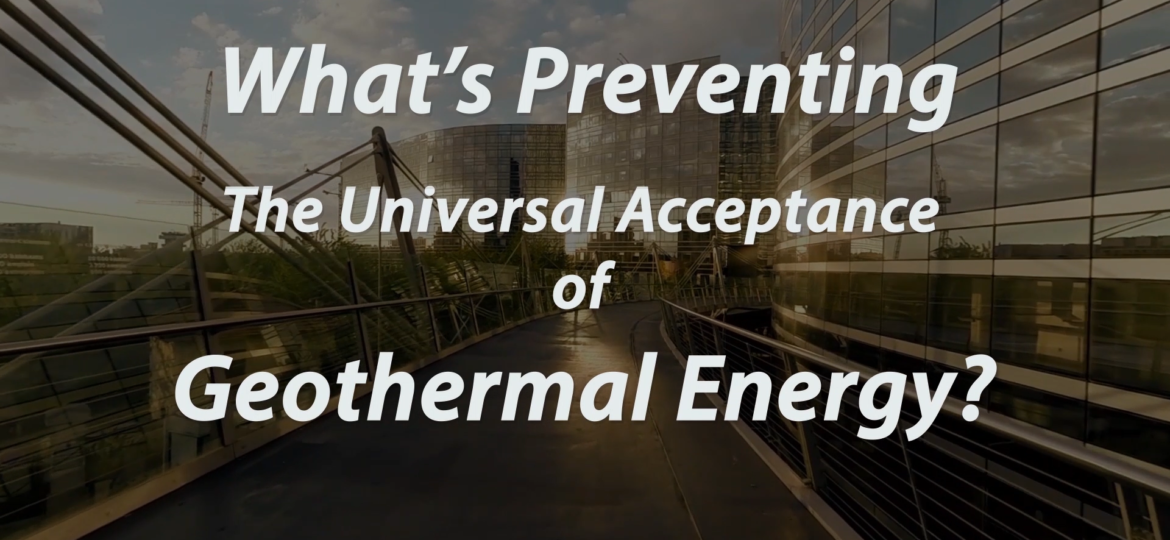There are many advantages to using modern geothermal systems as an alternative to conventional HVAC. The geothermal systems of today are simple, highly effective and will last decades when designed, installed and maintained properly. Advances in design simulation and modeling software have made it possible to accurately “right – size” ground loop heat exchangers keeping initial capital costs minimized while optimizing building performance. Geothermal
- Greensleeves Technologies Corp.
- 1354 E Broadway St, Toledo, Ohio 43605
- +1-419-420-1515
- ENtellect Account
- Log in to your account here
Latest News
What’s preventing the universal acceptance of geothermal energy?
Some people think the initial installation costs for geothermal are too high. This is no longer accurate. For example, installing a geothermal hybrid solution often costs less than a traditional HVAC system. Today’s hybrid geothermal systems incorporate the best technologies and practices of the geothermal and HVAC industries, greatly reduce CO2 emissions, and reduce
Technology that monitors and “re-programs” underperforming systems
Underperforming geothermal systems are not just frustrating, they waste money and resources and are the number one cause of nuisance equipment lockouts. You need software that alerts you when your system has issues that must be addressed. Monitoring software continuously tracks energy consumption and heating, ventilation and air conditioning performance. Issues can be detected in
Benefits of Artificial Intelligence
What are the benefits of using artificial intelligence (AI) software in the operation of your geothermal heating and cooling system? The application of AI software in the operation and use of your geothermal heating and cooling system transforms it into a smarter, more efficient, easier to operate a system, and has the potential to save
Going Green by Going Geothermal
Geothermal energy comes from the consistent temperature that exists in the ground below us. This energy can generate a clean and sustainable source of heating and cooling. Geothermal energy exists under our feet and can be harnessed to heat and cool buildings, schools and even entire towns. Additionally, geothermal energy can be used in specialized
Balanced vs. Unbalanced
Geothermal A Steady Flow of Energy Geothermal heat pump systems utilize the earth’s constant underground temperature to efficiently cool and heat buildings. Specifically, geothermal systems use a network of underground piping that circulates heat exchange fluid to reject or extract thermal energy to and from the earth. During the summer months, this heat exchange fluid
Borefield Temperature Drift
It’s time to convert potential geothermal system liabilities into assets. Do you have borefields operating outside of design parameters? Comprehensive monitoring software can keep those borefields from failing with real-time information and alerts. Do you have problems with your heat pumps unexpectedly locking out due to high or low entering water temperatures? Advanced diagnostics
8760 Energy Model
What is an 8760 Energy Model? An 8760 energy model is an hour-by-hour analysis that simulates a building’s performance for all 8,760 hours in a given 12-month period. This method uses the actual sequence of days and weather data, instead of averages. An 8760 analysis produces the most accurate energy model and operating cost estimates.
Geothermal Acceptance
Going Green by Going Geothermal Geothermal energy comes from the consistent temperature that exists in the ground below us. This energy can generate a clean and sustainable source of heating and cooling. Geothermal energy exists under our feet and can be harnessed to heat and cool buildings, schools and even entire towns. Additionally, geothermal energy
Geo 101
Geothermal The Coolest Hot Topic in Energy With geothermal energy, your home, business, school district and whole town can benefit from the best available onsite source of free and clean energy. Imagine using efficient and sustainable energy to keep your occupants comfortable all year long from a source that is closer than you think.










